Big cats, known for their grace and power, are more than just solitary hunters in the wild. These magnificent creatures have an intricate, non-verbal system of communication that is no less sophisticated than language itself. Understanding their body language opens a window into the daily lives and social structures of lions, tigers, leopards, and other large felines. Join us on an exploration of how big cats use their bodies to express themselves, survive, and thrive in their natural habitats.
Introduction to Big Cat Communication
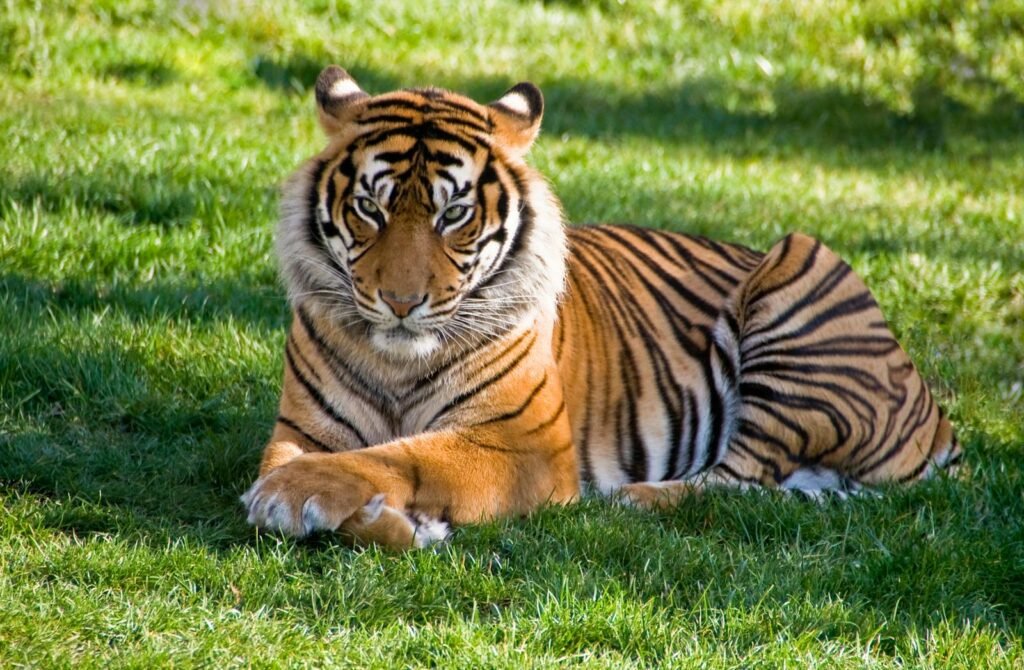
Big cats inhabit diverse ecosystems—from the dense jungles of Asia to the vast savannahs of Africa. Despite their geographic separation, these felines exhibit similar patterns of body language. Their non-verbal cues serve pivotal roles in hunting, mating, territory marking, and more. By decoding their physical signals, humans can better understand the complex social dynamics and behaviors of these majestic animals.
Facial Expressions as a Communication Tool
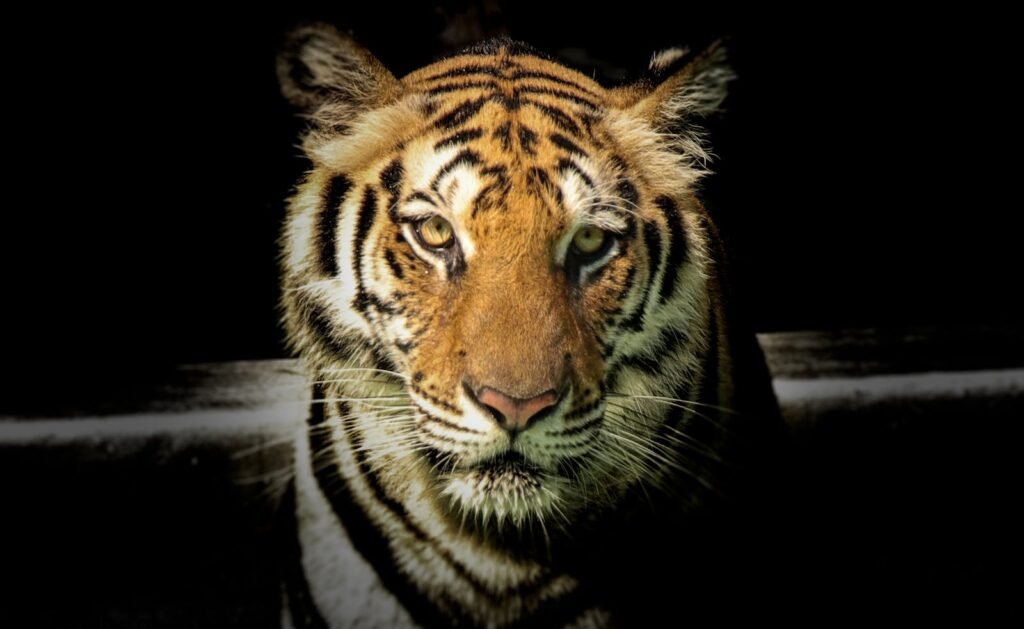
Facial expressions are among the first indicators of a big cat’s mood or intention. A relaxed face, with gentle eyes and a slightly open mouth, often indicates contentment or curiosity. In contrast, a wrinkled nose, drawn-back ears, and bared teeth are classic signs of aggression or intimidation. Observing these subtle changes helps in comprehending their emotional states and predicting actions.
Posture: The Language of Dominance and Submission
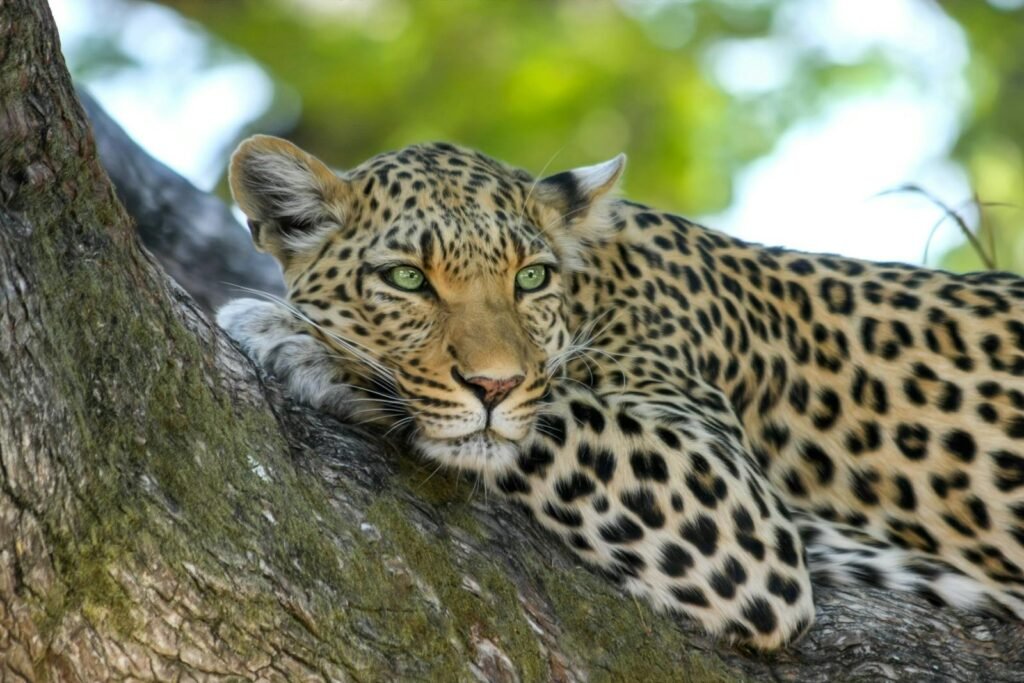
In the hierarchy of big cats, posture conveys status and intent. A dominant cat often stands tall, with its body fully stretched and head held high. This imposing stature can assert authority without the need for physical confrontation. Conversely, a submissive cat may crouch or lower its body, indicating deference to another individual.
Tail Movements: The Subtle Communicator
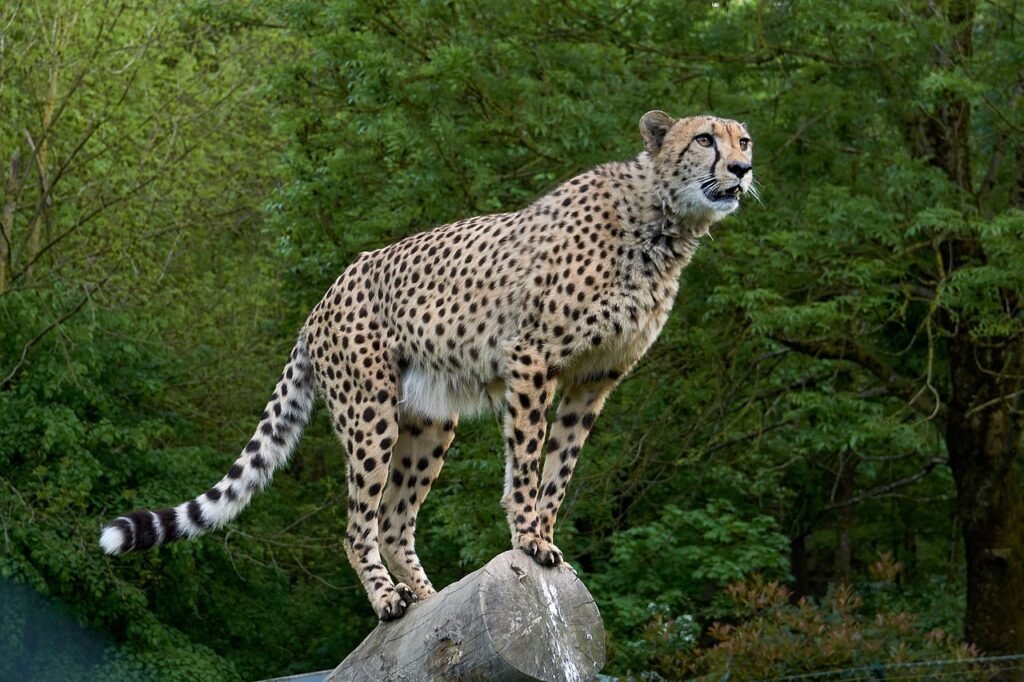
The tail of a big cat is not just a tool for balance and agility; it’s also an expressive communicator. Slow, rhythmic tail movements can suggest that a cat is relaxed or contemplating. Meanwhile, a quickly flicking tail often signifies agitation or irritation, and a puffed-up tail is an unmistakable signal of fear or defensive aggression.
Ear Positions: Tuning into the Environment
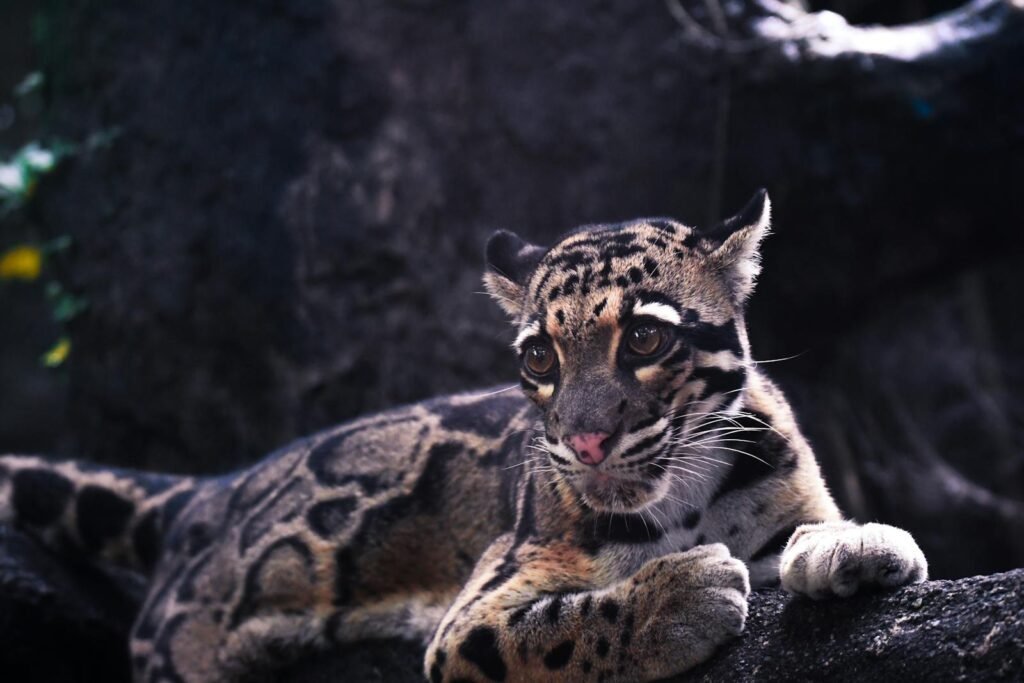
The orientation of a big cat’s ears can reveal much about its focus and feelings. Forward-facing ears suggest an interest or attention toward a particular stimulus, while ears flattened against the head warn of imminent threat or aggression. This auditory vigilance plays a crucial role in both hunting and social interactions.
Gait and Movement: Intention in Motion
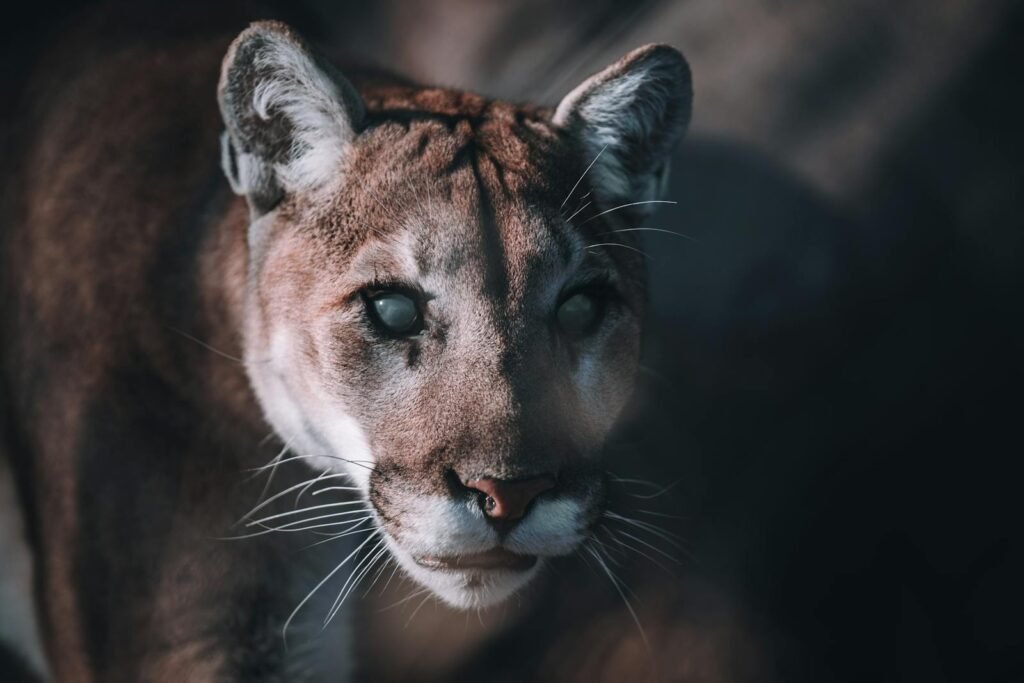
Movement patterns, such as a cat’s gait can convey confidence or stealth. A slow, deliberate approach is often seen when stalking prey, a testament to the cat’s predatory prowess. In contrast, a bounding gait with high energy might indicate playfulness or excitement, often observed in cubs and juvenile cats.
Whiskers: The Touch of Emotional Sensitivity
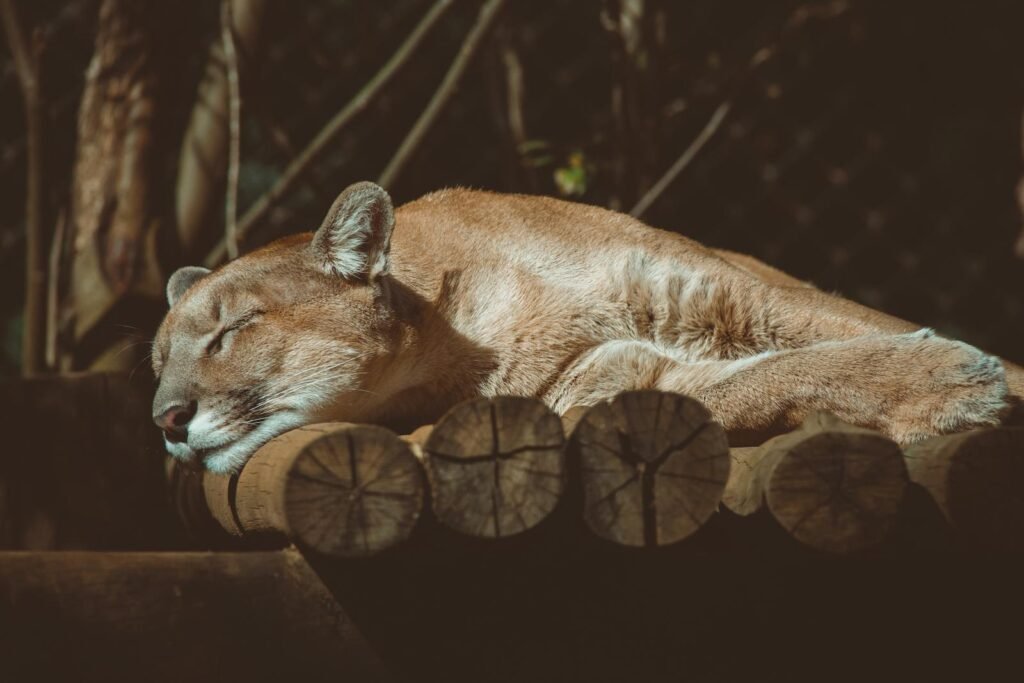
Whiskers, though primarily sensory tools, also participate in the expression of mood and intention. Relaxed whiskers usually mean a contented state, while whiskers that are pushed forward or fanned out indicate curiosity or intensification of focus. A big cat’s whiskers, therefore, echo the nuances of its internal state.
Vocalizations Accompanied by Body Language

While vocalizations like roars and growls involve sound, they are often partnered with distinct body language. A roaring lion might display a forward lean and bristling mane, enhancing its auditory message with visual reinforcement. These combined signals play a critical role in territory establishment and social bonding.
Social Interactions and Group Dynamics
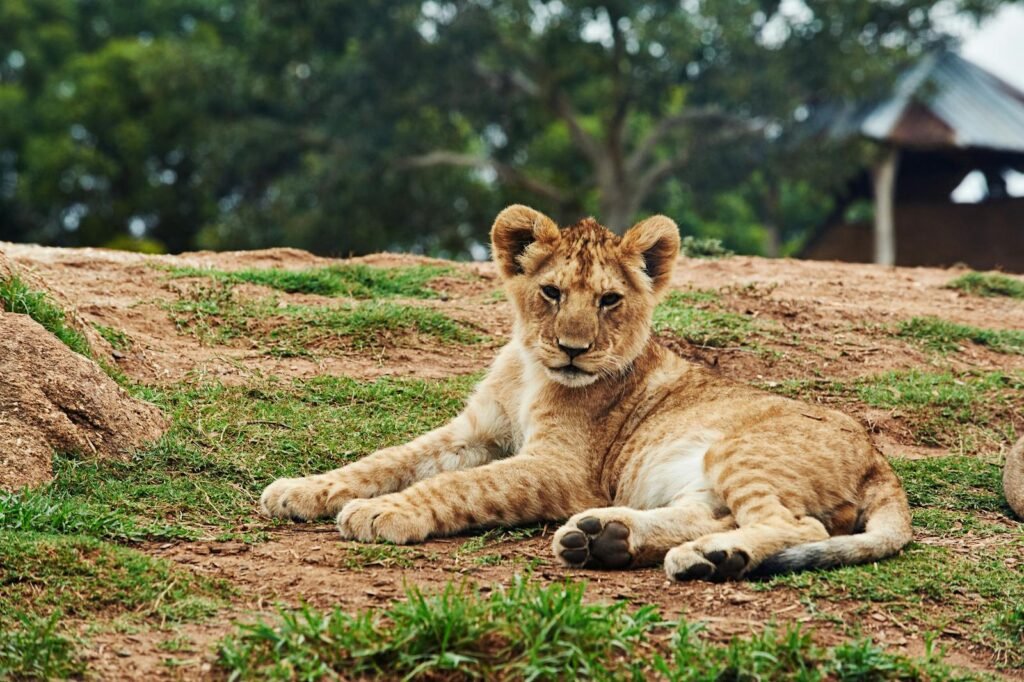
In species such as lions, body language orchestrates complex social dynamics. Social grooming, termed allogrooming, not only strengthens bonds but also affirms group hierarchy. Body language, here, is a diplomatic tool that ensures harmony within prides and coalitions.
Territory Marking: Communicating Possession
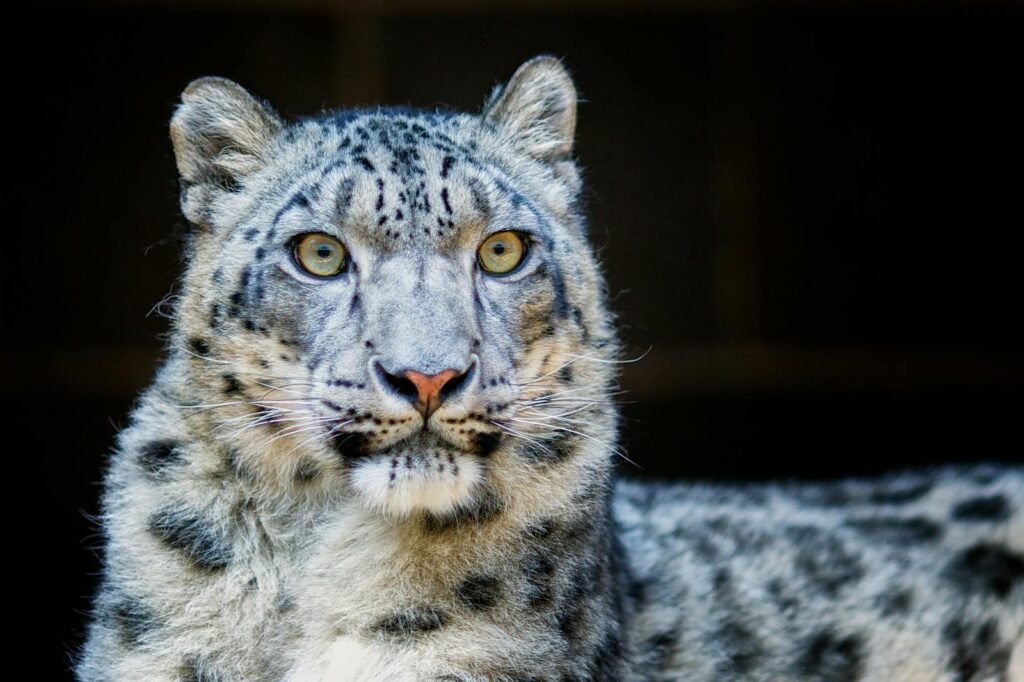
Big cats employ body language in territorial declaration. Scratching, rolling, and scent marking are common behaviors suggesting ownership and boundaries. These actions are not only physical but carry olfactory messages that communicate with other cats, reducing potential conflicts.
Conclusion: Understanding Big Cats Through Their Silent Words
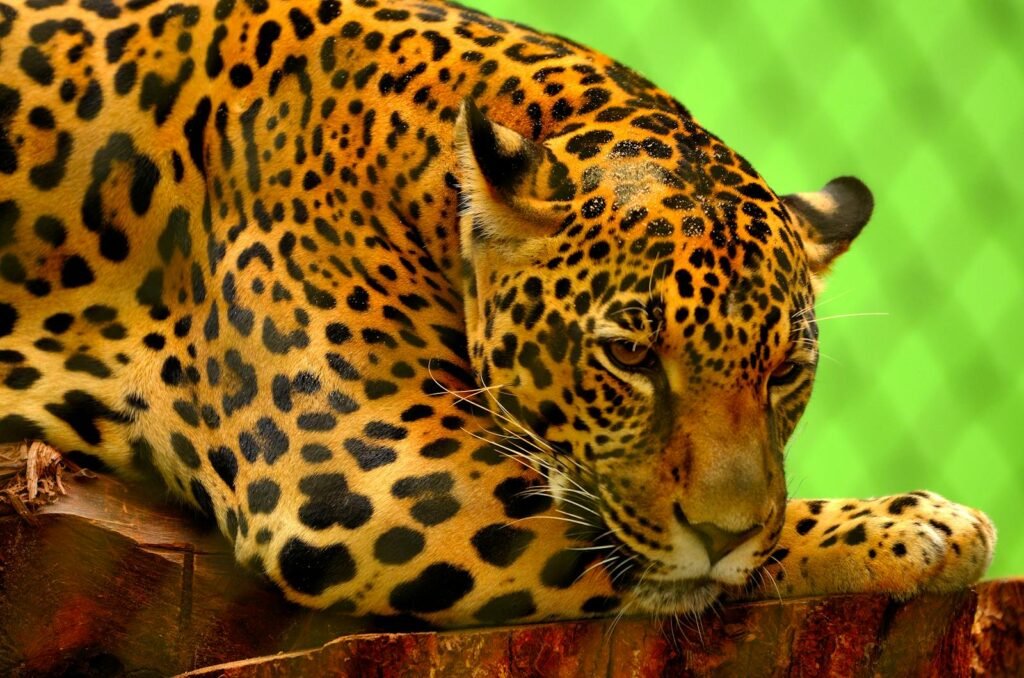
By observing the intricate body language of big cats, we gain valuable insights into their lives beyond predation and isolation. These silent communications are integral to their survival and social integration in the wild. For researchers, conservationists, and enthusiasts, appreciating these non-verbal cues enriches our connection with these majestic creatures, helping us to protect and coexist with them in a shared world.

Esther is from India; the heartbeat of South Asia, holding a Master’s degree in Zoology and a postgraduate diploma in Animal Welfare. Her enthusiasm for animal welfare drives her passion and dedication to work for animals, ensuring their well-being and advocating for their rights. With a solid academic background and hands-on experience, she is committed to making a positive impact in the field of animal welfare. In her free time, she enjoys embroidery and sewing. As a Chennaite from Tamil Nadu, Esther loves Bharathanatyam, an Indian classical dance form.






